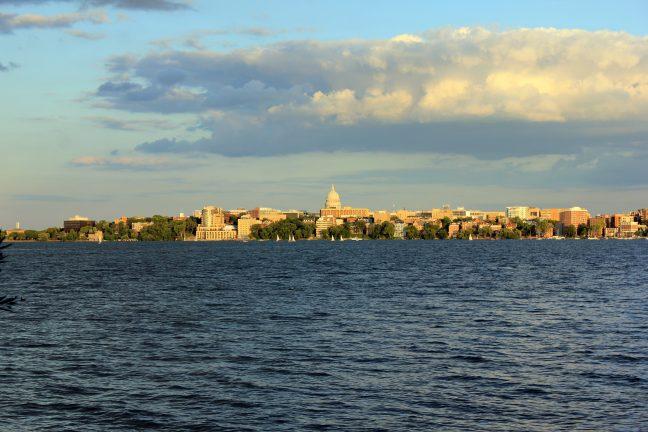Plans to develop a $38.3 million Madison Sports Complex could stimulate the local economy and strengthen community partnerships, according to a recent report conducted by the Sports Facility Advisory.
The facility would likely include a 100,000 square foot indoor turf field, 10 outdoor fields and a family or entertainment component, according to the report conducted by the SFA.
The Madison Area Sports Commission plans to work with the Ho-Chunk Nation and the Madison Parks Department to discuss the specifics of creating the sports complex on the Southeastern side of Madison, near Ho-Chunk Gaming Madison, according to an article by the Wisconsin State Journal.
City of Madison Parks Division Superintendent Eric Knepp said the project has not yet been mandated, but officials are continuing to plan and research into the next year to collect further data.
“There’s a very high demand placed on field sport’s locations,” Knepp said. “There is a clear need as the city continues to grow.”
The Vice President of MASC, Jamie Patrick, expressed similar sentiments, claiming Madison will benefit from the development.
Despite the identified need, there are several hurdles that still need to be cleared. The coordination between the city and the Ho-Chunk Nation is especially important, Kneep said. Since the facility would be partially developed on Ho-Chunk land, a partnership will need to be created in order to ensure communication and ethical development between all actors.
“This partnership kind of came together to study the complex idea [of the facility] with a more concerted effort,” Patrick said.
Kneep emphasized that through the development process, it is essential the partnership will work to meet the goals of the Ho-Chunk Nation and of the city.
As development plans have been brought to the table, MASC and the City of Madison have fostered a relationship with the Ho-Chunk Nation, Kneep said.
“Even if [the facility] isn’t the next stage, it’s built ties that weren’t there before,” Kneep said.
In addition to building new relationships within the community, the sports complex is projected to have a measurable economic impact for the City. In order to maximize economic effects, the facility will include versatile flat-surfaces that can allow a variety of sports play, Patrick said.
Lacrosse, rugby, flag football and ultimate frisbee are among the sports which will draw the largest impact, Patrick said.
By the first year, the report suggested the facility could host 13 tournaments, having a return of $10 million, and by year five, a projected 20 tournaments with a return of $13 million, Patrick said. Sports tourism will stimulate the economy by bringing in local and regional teams from all over Wisconsin.
“[The facility] would meet tournament needs and community needs,” Patrick said.
When it comes to sports with high participation rates, the facility will especially provide a new infrastructure for game play. Ultimate frisbee has seen an exponential increase in participation in the Madison-area since 2005, Kneep said. The facility opens doors to expand activity participation even further.
Despite projected advantages, there is still a lot of work that needs to be done before the plans will get accepted and development will begin, Kneep said.
“It’s feasible, but just because it’s feasible doesn’t mean that it’s practical,” Kneep said.
There are several challenges facing development. One being funding. Since the project is still in its preliminary phases of development, Patrick refused to comment on funding sources.
Another challenge, Kneep said, is the road infrastructure around the complex. The MASC and Parks Department will have to work extensively with the Department of Transportation in order to map out road developments that would permit traffic associated with the facility.
A final challenge is ensuring fair and consistent communication with the Ho-Chunk Nation. Kneep emphasized that it is a priority for the city to make sure their needs are being met and that their voices are being heard throughout the process.
Developers hope to continue market research and data collection into the next year to measure the possibility of the project for the community, Patrick said.


